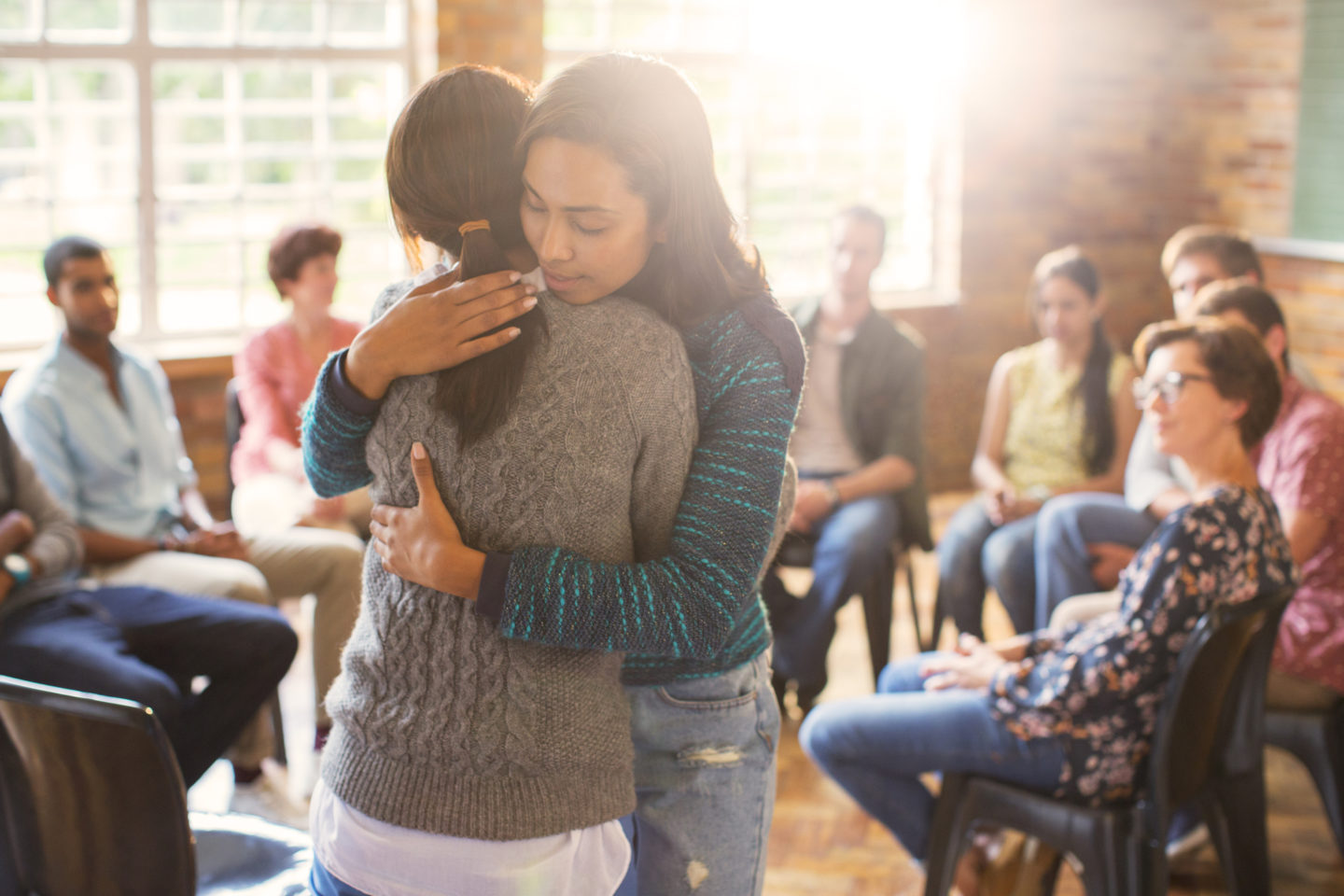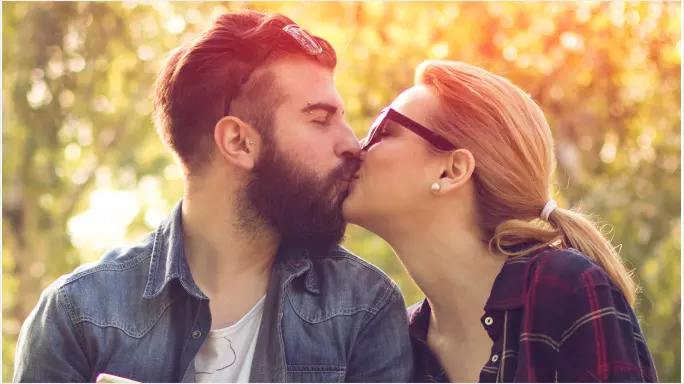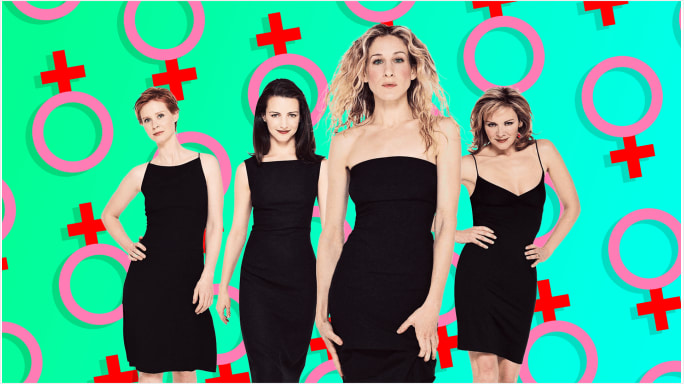While not discussed as often, abuse and domestic violence do exist in LGBT relationships too.
Queer relationships can become abusive and violent just like any other. Their lack of coverage in the media sometimes makes it difficult to remember this.
Dr. Keely Kolmes, a psychologist in California, expanded on why intimate partner violence in queer relationships manifest the way it does.
“Similar to such abuse in straight relationships…it can be harder for queer people to find the same level of support that may be available to straight people,” explains Dr. Kolmes.
The stigma surrounding same sex relationships and queer people in general add a barrier to the process of reporting intimate partner violence.
A study conducted by the National Violence Against Women survey found that roughly 35.4 percent of queer women and 21.5 percent of queer men have been abused by a partner at some point, a drastic difference from 7.1 percent of straight men and 20.4 percent of straight women. A Massachusetts survey also found that 34.6 percent of trans people reported abuse from a partner. Similarly, the Center for Disease Control conducted the National Intimate Partner and Sexual Violence Survey in 2010 and found similar results — 26 percent of gay men, 37.3 percent of bisexual men, and 29 percent of straight men reported being raped, stalked, or abused at some point while in a relationship, while 43.8 percent of lesbians, 61.1 percent of bisexual women, and 35 percent of straight women reported it.
The rates of abuse are even worse for people of color. The National Coalition Against Violence found that 62.1 percent of violence survivors were people of color, black and Latinx people in particular, while 80.7 percent of trans people of color admitted to being threatened and intimidated.
Adam Messinger, author of the book LGBTQ Intimate Partner Violence: Lessons for Policy, Practice, and Research and assistant professor of justice studies at Northeastern Illinois University, says, “We keep seeing these high numbers in studies over and over again. You can no longer say there’s not enough research on this. Sure, we need more studies so we can understand more, but there’s already so much evidence about the scale of the problem.” Messinger reviewed at least 600 studies while researching for his book.
While these studies do include abuse from same sex partners, they also include abuse from different gender partners. For example, abuse from men toward lesbians before or after they come out or bisexual women being abused by male partners.
In her essay, “Relationship Violence in Lesbian/Gay/ Bisexual/Transgender/Queer [LGBTQ] Communities: Moving Beyond a Gender-Based Framework,” Janice Ristock, PhD, says, “in spite of all the important work done by feminists to address male violence against women, the largely gender-exclusive framework that has been developed…ends up ignoring or misunderstanding violence in LGBTQ people’s lives.” A common problem queer people that are being abused come across is that the vast majority of domestic violence and abuse resources are not made with the queer community in mind. One misunderstanding, according to Dr. Kolmes, is that same sex relationships are assumed to be more “equal” than relationships between a man and a woman. This can cause violence to escalate or even “minimize the abuse.” In reality, people in same sex relationships are more likely to fight back than straight women are which makes people perceive “less danger when in reality, it escalates danger.”
For example, Jo Harvey Barringer, the CEO of Broken Rainbow, says that one thing that LGBT abuse victims have to deal with that straight abuse victims don’t is having their partners threaten to out them. “About 85% of callers to our helpline have a partner that will use the threat of ‘outing them – to colleagues, family, or kids – as a form of control.” Broken Rainbow received about 10,000 calls in 2015 alone.
When Sam, who was being abused by their girlfriend at the time, tried to find help for their situation, they met only obstacles. “I went on the Women’s Refuge website and it’s all about, ‘If he does…If he…’ It uses male terminology so it’s an instant barrier…it hits you in the face: This doesn’t happen to you, this is a heterosexual thing.”
Therapist Dara Hoffman-Fox cites a need for more domestic violence shelters, outreach campaigns, and hotlines to consider using inclusive language “to ensure that queer individuals feel more comfortable seeking help.” Hoffman-Fox also recommends that police departments need training that will enable them to actually help queer victims of intimate partner violence. Dr. Kolmes confirms that law enforcement isn’t always “well trained to deal with abuse in same sex relationships.”
Ristock says that violence in LGBTQ communities need to be acknowledged and that it “requires an understanding of the way relationship violence is connected to homophobia, biphobia, transphobia and heterosexism along with other forms of prejudice and oppression including (but not limited to) sexism, racism and classism.” The queer community intersects with all other communities and requires consideration when formulating ways to help LGBT people experiencing intimate partner violence.
The stereotype that domestic violence is limited to men abusing women makes it uncomfortable for men who are being abused by men, women who are being abused by women, or people who are gender non-conforming. According to Messinger, he heard “I didn’t know I was being abused” over and over while researching his book.
A study called “Risk for Reassault in Abusive Female Same-Sex Relationships” conducted by Nancy Glass, PhD, MPH, RN, Nancy Perrin, PhD, and several other people conclude in their publication that “public health, health care, criminal justice, and domestic violence” all play a huge role in the lives of domestic violence victims. This makes domestic violence something that is more than just a “home” issue and is why it is so important to recognize intimate partner violence within the LGBT community.
Dr. Kolmes explains that “abuse often happens in cycles of physical, emotional, and psychological maltreatment,” which can cause feelings of guilt, isolation, and fear in victims. Abuse is a means of control, meant to “maintain power” over others.
While all domestic and intimate partner violence is wrong, it can be hard to recognize when all the portrayals we see are of cis straight couples. A list of some of the signs of intimate partner violence has been put together from information from Dr. Kolmes, Dr. Noelle Nelson’s seven warning signs of domestic violence from Dangers Relationships, which features a same sex couple, and various other sources.
- Your partner threats to out your gender or sexuality to friends, family, or employers. This can also include your HIV or immigration status.
- They threaten or actually hurt you, your children, or pets in some way. This includes physical, mental, emotional, and spiritual abuse.
- They control the finances. Maybe they won’t allow you access to bank accounts or credit cards, even if you earned the money. They might also steal money from your wallet or accounts or limit you to an allowance.
- Your partner threatens to harm themselves if you leave them or don’t do exactly what they want.
- They isolate you in some way from your family, friends, and community. Maybe they give you a curfew or tell you are no longer allowed to hang out with certain friends or family members.
- They blame drugs or alcohol for their bad behavior, or guilt you into drinking or doing drugs with them.
- They project onto you their own self hatred, lack of confidence, or fears. Maybe they accuse you of cheating on them or stealing from them. Dr. Paula Durlofsky, PhD. says that “a person who feels inferior constantly accuses others of being stupid or incompetent.”
- Your partner tells you that you provoked them into abusing you or blaming you for them becoming violent. Perhaps they try to convince you that you deserve it, or that no one will believe you if you try to get help. Dr. Nelson calls this the “blame game,” stating that the victim is made to feel “wrong about everything, while the abuser is always right.”
- They convince others that you are abusing them to gain sympathy or turn people against you.
- They go through your things or read your emails, text messages, or journal without permission.
- They pressure you through sex, whether it is to have sex whenever they want, to not use protection, to get acts, perform acts you’re uncomfortable with, film sex acts without your consent, or more.
- They don’t respect your identity, use the wrong pronouns, or disparage either you or others that share your gender or sexual identity. For example, you are bisexual and they say all bisexual people are cheaters.
- Your partner puts you down, criticizes your appearance, or tries to control you appearance. They might also put down your personality, job, gender, sexuality, your ability, or make fun of any mental or chronic illnesses you may have.
As stated before, this list doesn’t include every sign of abuse. It instead serves as a starting point for a larger conversation on same sex intimate partner violence.




comments